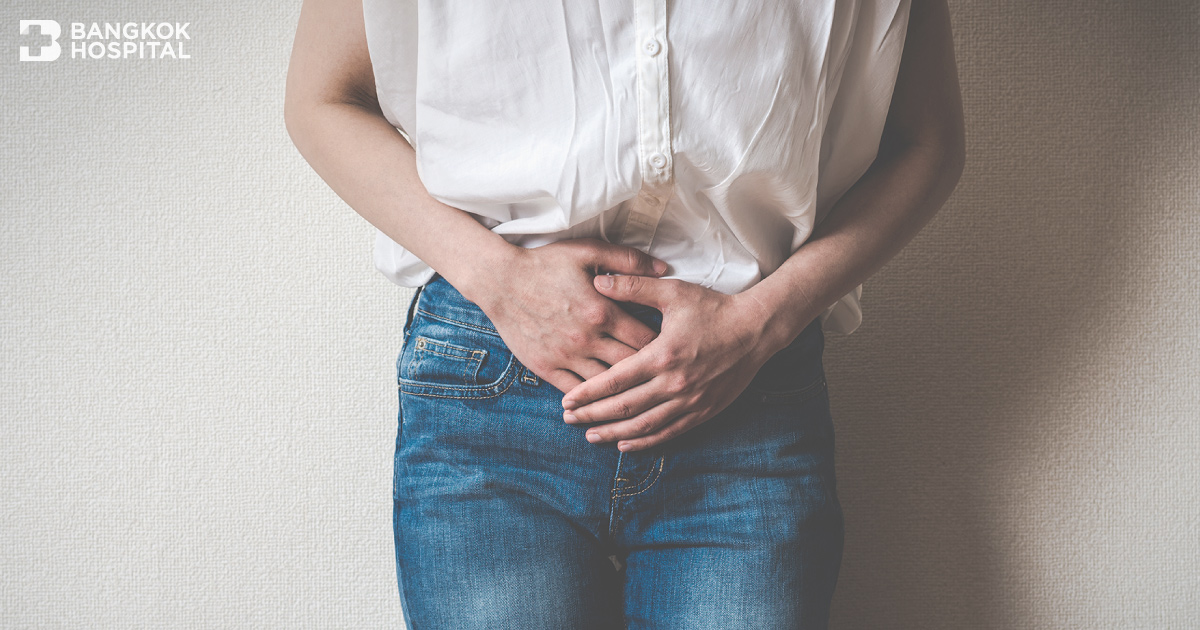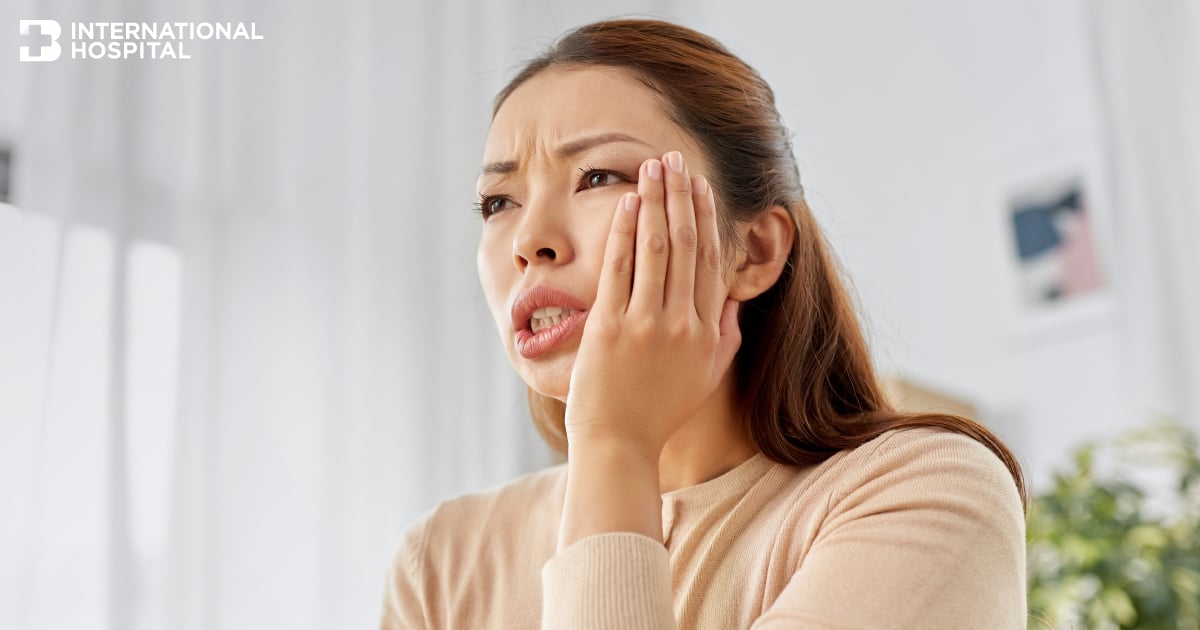An internal examination is something that all women should pay attention and get a check-up regularly, especially ovarian cysts are not that far-fetched as you may think. Sometimes there is no warning sign. Once detected, even though it may be curable, its effects may impact your body immensely. Therefore, understanding ovarian cysts and self-observation are the best way to prevent and treat them.
Understanding Your Ovaries
Ovaries are a pair of organs located on either side of the uterus. They produce important hormones necessary for homeostasis in woemen, especially estrogen which helps stimulate the growth of the egg follicle. Each month the ovary produces a small egg which migrates down the fallopian tube and is ready to be fertilized by a sperm. This process is commonly known as ovulation.
Causes of Ovarian Cysts
An ovarian cyst is a fluid-filled sac that develops on an ovary as a result of abnormal ovulation. This causes congestion of fluid in the ovary; the egg is not released, causing a small cyst that can occur in both ovaries. In addition, abnormal cell growth in the ovaries can cause cysts more often than in other organs. In young adults, cysts often disappear on their own. But for menopausal women, it may or may not be cancerous.
Types of Cysts
There are 5 types of ovarian cysts which are commonly found in women during the reproductive ages from 15-49 yrs.:
- Functional Cyst is the most common type of cyst in women.
- Polycystic Ovaries is when the follicle, whose function is to produce eggs, does not break open to release an egg and the fluid collects into a cyst.
- Endometriosis is a condition where tissue from the uterus starts to grow in other places as well as the ovaries causing severe pain and fertility problem.
- Cystadenomas are cysts that contain fluid.
- Dermoid Cysts look like a collection of various bodily tissues, such as skin, hair and teeth.
Symptoms
The scariest thing about ovarian cysts is that they do not cause any symptom so they are not detected until you have an internal examination. At the same time, you can preliminarily observe the following symptoms:
- Stomach pain
- Frequent urination or urinary retention
- Lower back ache and pain
- Pain during intercourse
- Heavy menstrual bleeding or abnormal bleeding
Diagnosis
An OB-GYN (Obstetrics and Gynecology) specialist can perform a diagnosis for you. Pelvic ultrasounds are the best way for the specialist to see details of your pelvic organs. There are 2 methods: abdominal and vaginal ultrasounds. Each session is not long and not painful, yet it can clearly show size, shape, position and the numbers of cysts. The specialist can diagnose accurately and plan a proper treatment.
Dermoid Cyst Is Not a Myth
Among all cysts, Dermoid cyst is the most interesting one. Since it may contain fat, teeth, hair, bone or other tissue, many people may think that is all about black magic. The truth is Dermoid cyst is just another abnormality of tissues that grows in the abdomen near the ovary, creating cysts filled with fat, hair, tooth, and scalp. These cysts can occur on any part of the body. The bad notion about Dermoid cysts is that it’s asymptomatic. Patients normally come to see a doctor when they have acute stomach pain. The treatment involves surgery and there is a chance of recurrence in the future.
Make an Appointment
Stop Worrying About Ovarian Cysts
Laparoscopic surgery is the current choice of treatment for ovarian cysts. Its advantages include small incisions, less pain, and faster recovery. Patients can return to their daily lifestyle at no time. More importantly, you need to keep a look out for any abnormality in your body and have an internal examination with our OB-GYN. An annual exam is recommended for a normal person, while more frequent visits of every 1, 3, and 6 months to a year are recommended for those with history of cysts. This way, they can be treated in time.
Chat with Us








